Turn Up the Heat With Induction Cooktops
Learn what induction is, what you need to know about making the switch from gas or electric, and top products to consider.
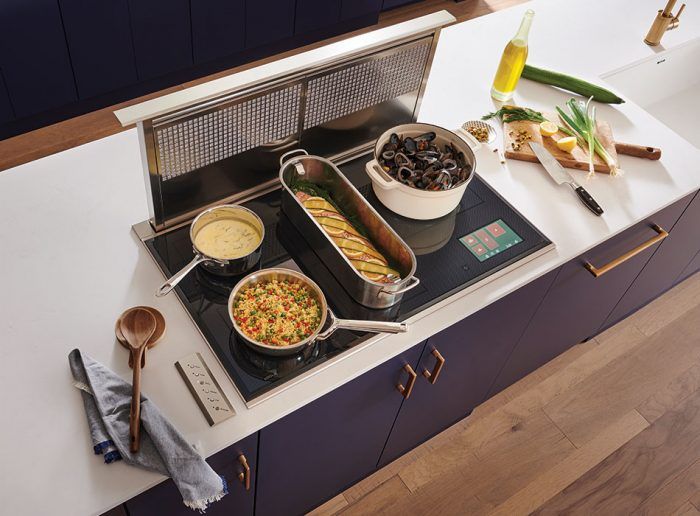
Synopsis: With the shift toward all-electric homes, electricity now powers more cooktops than gas. Induction cooktops differ from regular electric cooktops by using electromagnetism to transfer heat directly from the source to the pan. As a result, the liquid or food inside the pan is heated but the cooktop itself is not. This article identifies the key factors to consider when exploring the purchase of an induction cooktop, and profiles six popular options in a range of sizes and prices.
A decade ago, I encountered emerging research showing that households on the African continent were suffering from bad indoor-air quality. The source of this air pollution was the indoor open-fire cooking methods commonly used in homes. Preparing food, both a daily task for survival and a mode of sharing culture and community, was making people sick. It felt like a faraway problem, but what many Americans (myself included) failed to realize is that our own cooking methods were, and still are, also degrading our health. A 2022 article published in the International Journal of Environmental Research and Public Health attributes 12.7% of the asthma diagnosed in children to the use of gas stoves.
Nearly 40% of households in the United States cook with gas stoves. While this is better than inhaling smoke when cooking over an indoor campfire, it’s still an open flame and is still causing us to breathe chemicals none of us have any business ingesting (more on that later). Electric cooktops have taken over as the most common type of cooktop, but these come with their own safety and efficiency issues. I’m wary of considering induction cooktops, also called hobs, to be the panacea for the failures of contemporary cooking challenges, but induction’s efficiency, cleanliness, functionality, and growing market make it a good option for households to consider.
What is induction anyway?
It’s easier to explain what induction is by first explaining how electric cooktops work. Simply put, with a standard electric stove, an electric coil gets hot and transfers this heat up to the surface of the cooktop, which then heats the pot or pan, which then heats and cooks the food. Induction also uses electricity as the energy source, but what happens underneath the surface of the cooktop is what makes the difference. Induction skips the middle step of heating the burner and gets straight to heating the pan itself.
In an article for Green Building Advisor, author Alex Wilson summarized the science pretty well: “Induction is the process in which a circuit with alternating current (AC) flowing through it induces current in a material placed nearby,” which happens via electromagnetism. In the case of a cooktop, this begins in the coils beneath the surface, which produce a current in a pan made of ferrous material, such as steel or iron, at the surface. Because these ferrous materials aren’t great conductors, this energy is converted into the heat that then cooks the food.
Advantages over gas and electric
With gas cooktops, combustion is happening right there in front of you as you flip pancakes or boil pasta, emitting a number of hazardous chemicals such as nitrogen oxide, carbon monoxide, methane, formaldehyde, and benzene, which is linked to cancer. Good ventilation mitigates the pollution levels but doesn’t eradicate them completely.
Electric stoves are a step up in that they reduce the level of those pollutants inside the home. But the failure of the energy industry to convert to clean energy sources means that pollution is still being emitted in the process of producing electricity; it’s just happening somewhere else. Also, the multistep journey involved with an electric cooktop results in quite a bit of heat loss, making this method not as energy-efficient as it could be.
By skipping intermediary steps, induction is significantly more energy efficient; estimates are that 90% of the energy is used for the actual cooking. This also means that cooking happens faster. I spoke with Sara Lukasiewicz, a professional chef who has worked with a variety of cooktop types, and she noted that boiling water is especially quick on an induction cooktop. And because the pan and not the stovetop itself is heated, the surface cools down quickly once the cooktop is turned off or the pan is removed. If there’s no pan, there’s nothing to initiate the cooking process and therefore no reason for the cooktop to get hot. This makes induction stoves safer than gas or electric ones.
Induction cooktops are also easier to clean because the radius of heat is much smaller than that of gas or electric cooktops, so if something spills over, it’s less likely to melt and stick to the surface. This doesn’t mean you can be careless with spills, though. According to Lukasiewicz’s experience, liquid that boils over runs the risk of seeping into and short-circuiting the unit. Fortunately, some models include features that automatically adjust temperature levels to keep this from happening.
Aspects of induction to be aware of
Because induction occurs via magnetism, you have to use pots and pans made of ferromagnetic materials. Cast iron and most types of stainless steel will work, but aluminum and copper pots and pans and glass dishes will not. A helpful trick for determining if your cooking device meets this criterion is to grab a magnet off the fridge and try to stick it to the bottom of the pan. If it sticks, you’re good to go. If cooking with a beautiful set of copper cookware is a must, you can find pots and pans that combine copper and steel, the latter of which satisfies the ferromagnetic requirement. In theory, induction enables food to cook more evenly and precisely, but manufacturer sheets say that it’s important to make sure you have a flat-bottomed pan to achieve this effect. Not to belabor the point, but induction does, after all, depend on the materials of the pan.
A potential downside for some home chefs is the lack of a visual flame that comes with gas cooking. However, some brands such as Samsung are starting to incorporate virtual flame indicators, and we may start to see more of this by other manufacturers. Care should also be taken not to scratch the glass and ceramic cooktop, and owners should refer to manufacturer models for proper methods for cleaning off messes such as melted sugar. Damaging the cooktop surface may result in having to replace the entire hob. To mitigate this possibility, some brands use the glass-ceramic top from Schott Ceran whose technology boasts scratch resistance.
A final downside is that some evidence exists that the electromagnetism involved in induction cooking can interfere with pacemakers in certain circumstances. This doesn’t mean those with the implants can’t use induction, but it does mean they should consult with their doctor and/or the pacemaker manufacturer and review the cooktop’s manufacturer information.
Common features and functions
For those accustomed to cooking with gas, there is surprising variety in what induction cooktops look like, although there are common features among many models. Most operating interfaces are digital and on top of the cooktop itself, with different levels of complexity for controlling heat. These control centers include features such as timers, lights indicating which burners are on and in use, residual-heat indicators, a lock feature to prevent anyone from accidentally turning the cooktop on (though nothing is likely to happen if there is no ferrous cookware present), warming and melting functions, and a stop-and-go function that enables you to pause the settings and reduce active elements to a lower setting while you step away to attend to another quick task. It’s also fairly common for burners to turn off 25 to 30 seconds after a pan has been removed.
In general, burners are grouped into zones. If you are using two burners in the same zone and both are on high, the cooktop will adjust the energy levels for efficiency. Most models also come with what’s called a flex zone that combines two or more smaller burners into a larger heating area for a larger pot or pan. For all burners, it’s important to make sure that you use an appropriate-size pan. If a pan is too small, the cooktop may not sense that it is there at all, and if it’s too big, the food inside may not cook evenly. The smallest and largest cookware sizes are often indicated by the inner and outer rings of each burner.
New users may be surprised by the various sounds that an induction cooktop can create. Buzzing, zipping, humming, or clicking sounds are all possible and depend on a number of factors, such as the weight and composition of the cookware (cast iron is allegedly quieter), cooking temperature, or the use of various functions. User guides indicate what sounds are common and what they likely mean for each cooktop.
Six cooktops to consider
We’ve looked at other article reviews as well as ratings on retailer and manufacturer websites to curate this list of induction cooktops. The most popular sizes are 36 in., 30 in., and 24 in., so we’ve opted for higher- and lower-priced models within those dimension categories, but larger and smaller sizes do exist if you want to have a professional home kitchen, live in a particularly small space, or are looking for something portable.
JennAir JIC4536XS
36 in. // 5 burners // $2900
This sleek, stainless-steel black 36-in. cooktop from JennAir (owned by Whirlpool) comes with five circular burners across three zones. The four smaller burners are able to double up into two sets of larger cooktops on the sides. What makes this JennAir model stand out from others are the features that apply to all the burners on the stovetop—not just specific ones—such as the Melt and Keep Warm features and cook timers. The Performance Boost option lets home cooks boil water and sear meats quickly by raising the heating temperature above the highest setting for 10 minutes. To keep water from boiling over, the Sensor Boil function automatically makes a sound when a liquid has reached boiling status and then adapts the temperature to better maintain the necessary level. Heat is managed through a touch-slider on the control center, which is fairly small in comparison to the rest of the cooktop. Some may appreciate the added space for cooking, but others may desire a larger display.
Samsung NZ36K7880US/AA
36 in. // 5 burners // $1950
For those looking to replicate the experience of cooking on a gas cooktop, this model from Samsung is a good one to consider, as it comes with the bells and whistles of a modern cooktop while maintaining some of the visual and tactical elements of traditional models. It does have a digital display, but you can also opt for magnetic knobs that affix to the top of the cooktop. Three of the five burners include a virtual blue flame that helps indicate power levels. The rectangular burners on the side can also combine into a flex zone to accommodate large, small, or uniquely sized cookware. Unlike the JennAir model, this cooktop only includes a Melt function on one burner, and there is only one timer for the entire hob. There is, however, a Power Boost element for each burner to boil water faster. You can set the time you want it to operate at this level, after which it will return to the highest level below Power Boost. If you have a compatible Samsung range hood, you can connect it to the stovetop and adjust the hood ventilation and lights via Bluetooth. You can also connect to Samsung’s SmartThings app, which allows you to monitor power settings and adjust the timer from your phone. This Samsung cooktop is available in either stainless steel or fingerprint-resistant matte-black stainless steel.
Bosch Benchmark NITP060
30 in. // 4 burners // $2900
Available in either a framed or frameless stainless-steel black hob, this 30-in. cooktop has 17 power levels and five frying levels for precise temperature selection. The fact that the burners are indicated by intersecting lines instead of circles may be off-putting to some, but the large and easily navigable control center is a nice contrast to the smaller digital displays found on other induction models. The cooktop is made up of three cooking zones; two accommodate single pans, and the third can be combined and configured via the FlexInduction and PowerMove functions. The FlexInduction feature allows you either to use the entire area for a larger pan or to divide the zone into two distinct areas. Taking it a step further, PowerMove enables the area to be split into three, each with preset power levels. Like other induction hobs, this model also has a SpeedBoost option for a quick boil. Unique to it is the AutoChef feature that takes some of the hard part out of cooking by monitoring and regulating cooking temperature. This cooktop also comes with the opportunity to connect digitally to a Bosch range hood as well as to the HomeConnect app to monitor settings and to receive remote diagnostics from Bosch’s customer service.
Frigidaire GCCI3067AB
30 in. // 4 burners // $950
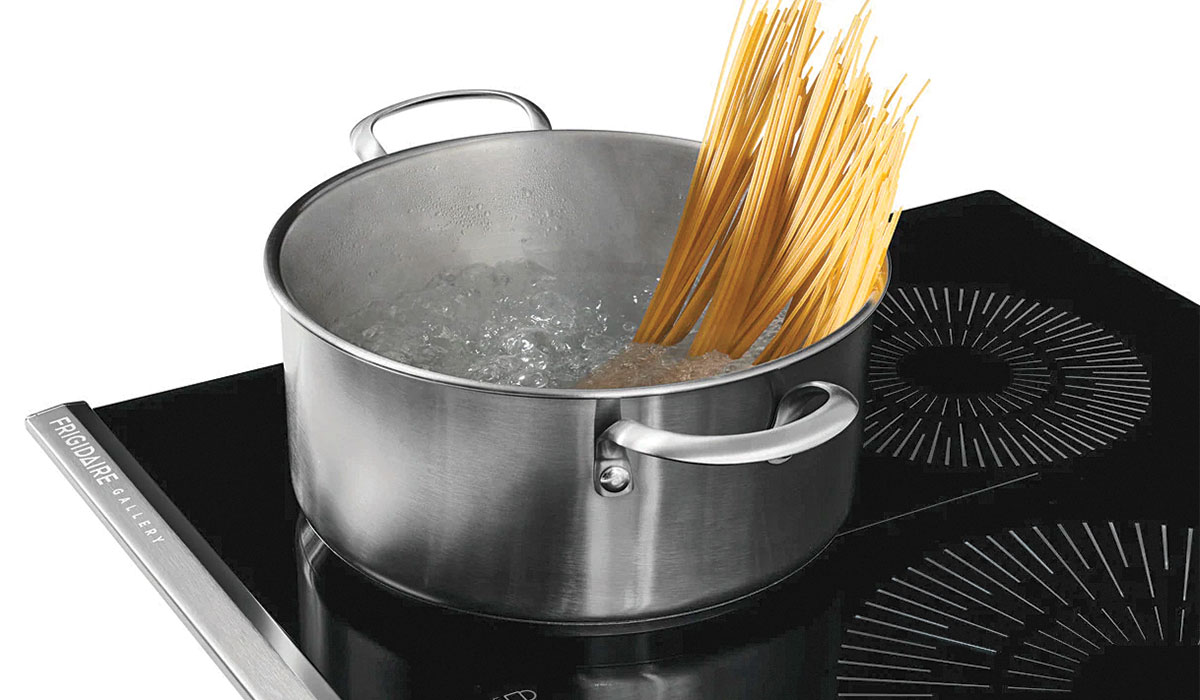 The 30-in. induction hob from Frigidaire—the 2022 recipient of Energy Star’s Emerging Technology Award—offers the most important elements of an induction cooktop. Technology nerds might miss some of the advanced features found in more expensive models, but the simplification makes this cooktop a much more affordable option for many households. It has four burners, two of which can be combined via the Bridge Element feature. Two features in particular help control temperature variation. Auto Sizing pan detection heats a pan according to its size, and TempLock enables sensors to engage what Frigidaire calls “cruise control” for cooking by changing power levels to keep the cooking temperature the same. This model comes in black and is not fingerprint resistant. Compared to cleanliness pet peeves such as foods that collect around gas burners or melt on top of electric stovetops, that isn’t any worse.
The 30-in. induction hob from Frigidaire—the 2022 recipient of Energy Star’s Emerging Technology Award—offers the most important elements of an induction cooktop. Technology nerds might miss some of the advanced features found in more expensive models, but the simplification makes this cooktop a much more affordable option for many households. It has four burners, two of which can be combined via the Bridge Element feature. Two features in particular help control temperature variation. Auto Sizing pan detection heats a pan according to its size, and TempLock enables sensors to engage what Frigidaire calls “cruise control” for cooking by changing power levels to keep the cooking temperature the same. This model comes in black and is not fingerprint resistant. Compared to cleanliness pet peeves such as foods that collect around gas burners or melt on top of electric stovetops, that isn’t any worse.
Miele KM 6320
24 in. // 3 burners // $2600
While small, Miele’s 24-in. black stainless-steel induction cooktop packs a punch into its three-burner design with Flex Zone. The primary burner is 11 in. (the largest single burner on the 30-in. Frigidaire model is 8 in., by comparison) and overall, the hob’s total connected load is 7.7kW. Its digital control center is simple, preserving space for the burners and presenting an appealing option to home cooks who don’t want to have to visually process a million options before making dinner. The Stop&Go function is a helpful feature that reduces active cooking power levels to low and, if not deactivated after an hour, will turn everything off. You can also program a standard timer as well as a switch-off timer that will turn the cooking zone off after the selected time. At just $300 less than the 36-in. JennAir model, this smaller hob may be out of reach for some, so Miele has also recently released the KM 7000 model for $2000 that includes a stainless-steel frame but lacks the ability to bridge two burners into a flex zone for larger pans.
Empava IDC24
24 in. // 4 burners // $470
At less than $500, Empava’s 24-in. induction hob is the most affordable on our list, and with four burners and many of the same features as more expensive cooktops, this is a great option for someone looking to explore the world of induction cooking without the commitment that comes with a hefty price tag. The two 8-in. and two 6-in. burners make efficient use of the cooktop space with a pared-down version of a digital control center reminiscent of gas or electric cooktops in its straightforward functionality. Features include a power boost option, stop and go, and a keep-warm mode. If a power level is not selected within 30 seconds of powering on, the burner will turn off, conserving energy. There is also a setting that turns off the cooking zone in use once the timer runs out, preventing food from cooking past the desired time or readiness.
Making the switch
There are a number of critical electrical considerations to make when installing an induction cooktop, and this is especially true when replacing an existing gas cooktop with induction. While a gas stove only requires a 120v outlet, induction (and electric) cooktops require at least 220v. At 240v, you will need a three-wire branch circuit. All of the induction models included here require breakers rated between 30 and 50 amperes (amps), which measure electric current. This range is likely compatible with that of your electric stove but is definitely more than for a gas one. When replacing a gas stovetop, you’ll also need to cap the existing gas line.
Electrician John Williamson told me that it’s also crucial to look at the manufacturer instructions for wiring, as induction cooktops need to be installed with copper wiring and some homes have aluminum wiring. If this is the case, then you’ll need to get special connectors to attach the cooktop’s copper leads to the home’s aluminum wiring.
A wiring retrofit can add even more costs to an already expensive switch to induction, which is what makes battery powered induction an intriguing option. One company, Channing Street Copper Co., has developed an induction range called Charlie that relies on a lithium-ion phosphate (LiFePO4) battery for energy, which lasts longer and is thermally safer than other lithium batteries.
You can plug the range into a 120v outlet, and if the power goes out the battery enables the cooktop to keep working. At the time of writing, preorders for this model, available only in the Bay Area, are sold out. With power outages becoming more of a concern as households deal with increased fire and storm impacts, there will likely be more to come in this category soon.
Induction cooktops are available as part of a stove/oven range that can replace gas or standard electric ranges. Induction ranges have an induction cooktop combined with a standard electric oven, although many induction ranges have ovens with a convection option. A traditional bake setting in an oven heats from below and above, while convection takes things up a notch with a fan that circulates hot air. This helps food cook more evenly, especially when using more than one rack. Convection runs hotter than conventional baking by about 25°F, so you may want to adjust your temperature setting depending on what you are cooking or baking. Fortunately, there isn’t much of a difference between electric and induction cooktops in terms of size, making that aspect of the swap one less thing to be concerned about.
Of course, installing the cooktop or range is just one part of making the switch; paying for it is another. Federal legislation under the Inflation Reduction Act provides opportunities for subsidizing the transition to energy-efficient appliances and systems for both homeowners and builders.
The Energy Efficient Homes Credit gives builders $2500 for constructing new homes meeting Energy Star standards, and $5000 for certified zero-energy-ready homes (a base amount of $500 per unit for multifamilies that meet Energy Star standards, and $1000 per unit that are zero-energy ready).
The High Efficiency Electric Home Rebate Program provides grants to states for rebates to purchase high-efficiency electric home appliances, including up to $840 for an induction cooktop. This program also includes funds for electric panel/subpanel and wiring upgrades, which is especially relevant for households looking to switch from gas to induction. For sustainably conscious builders and for those living in states and municipalities that are, or are considering, requiring induction cooktops for all new construction, these subsidies can make a difference in project line items.
Photos courtesy of the manufacturers.
Drawings: Christopher Mills
To see the whole article, click on the “view PDF” button below:
From Fine Homebuilding #318
RELATED STORIES
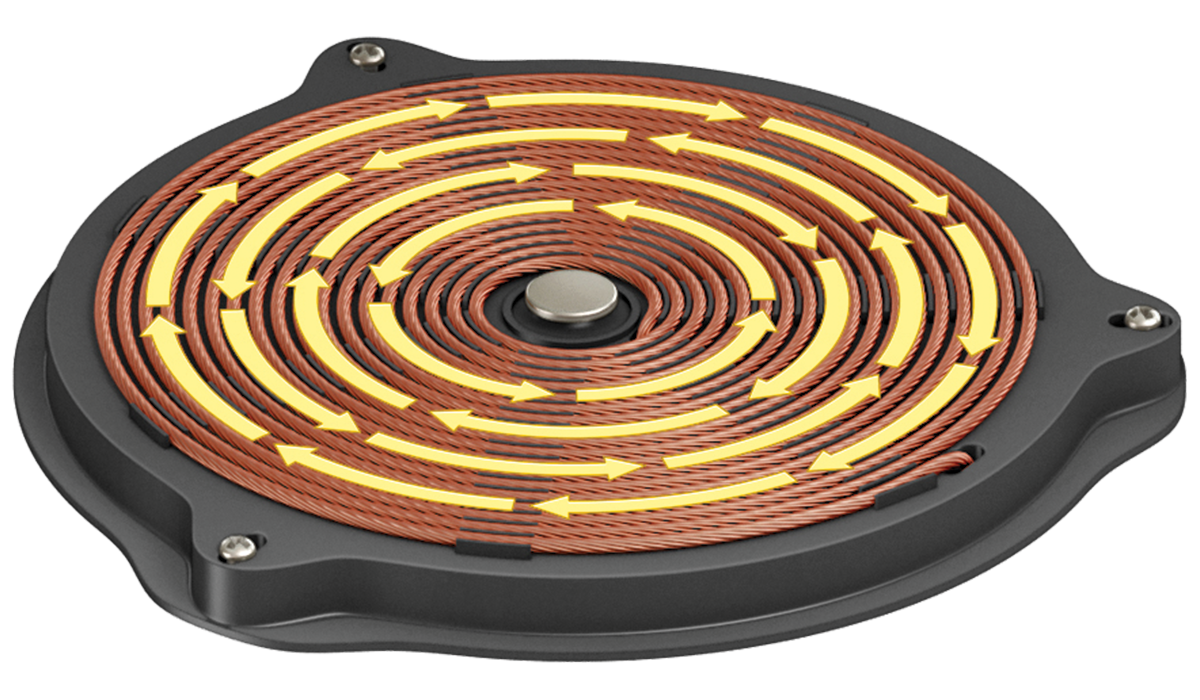
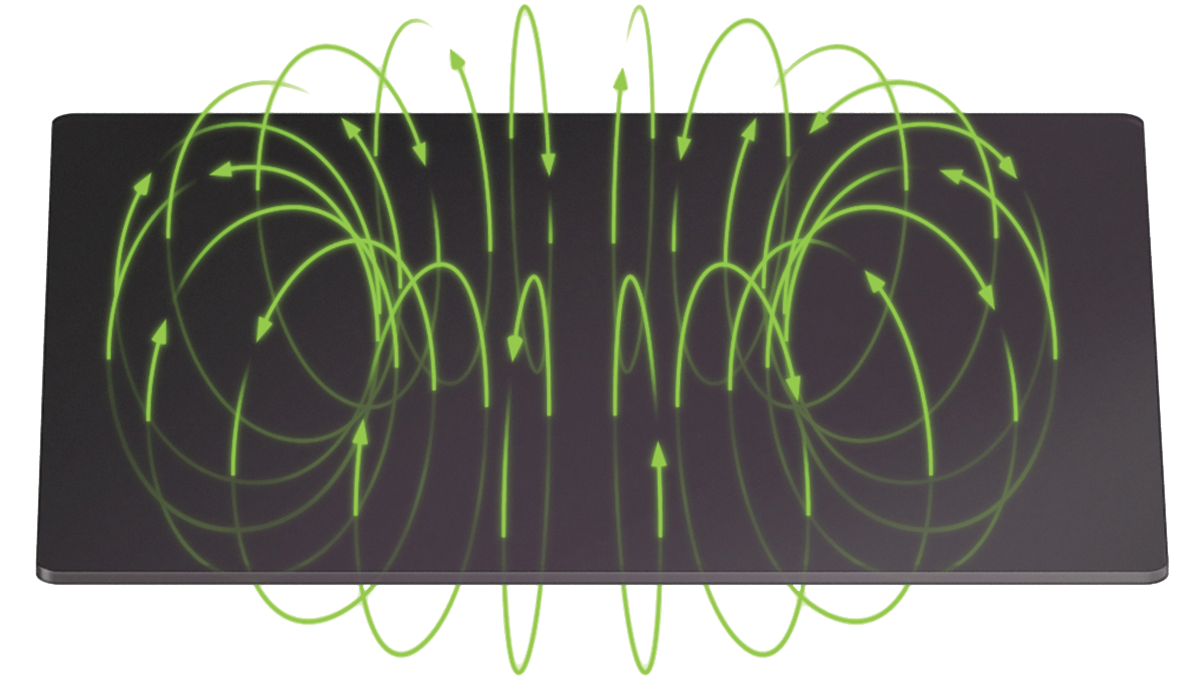
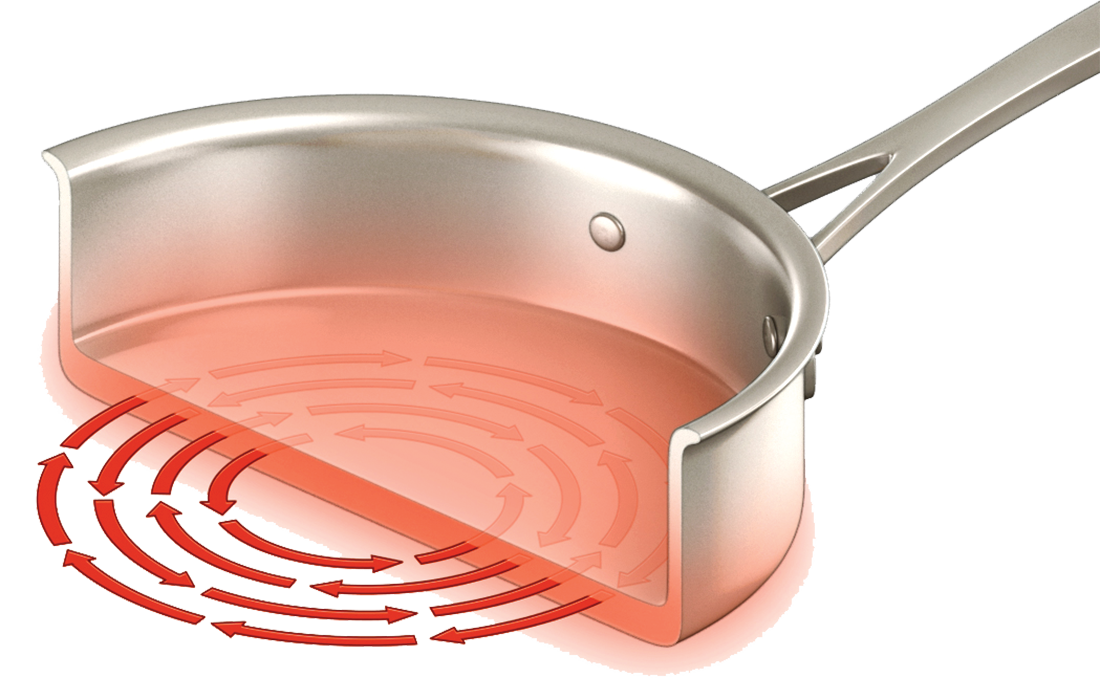
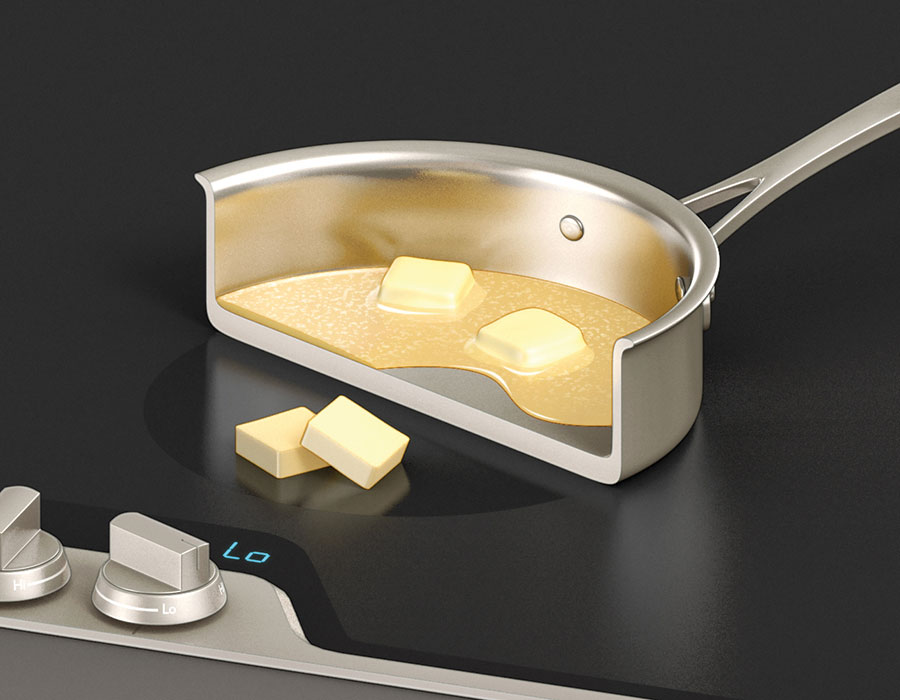
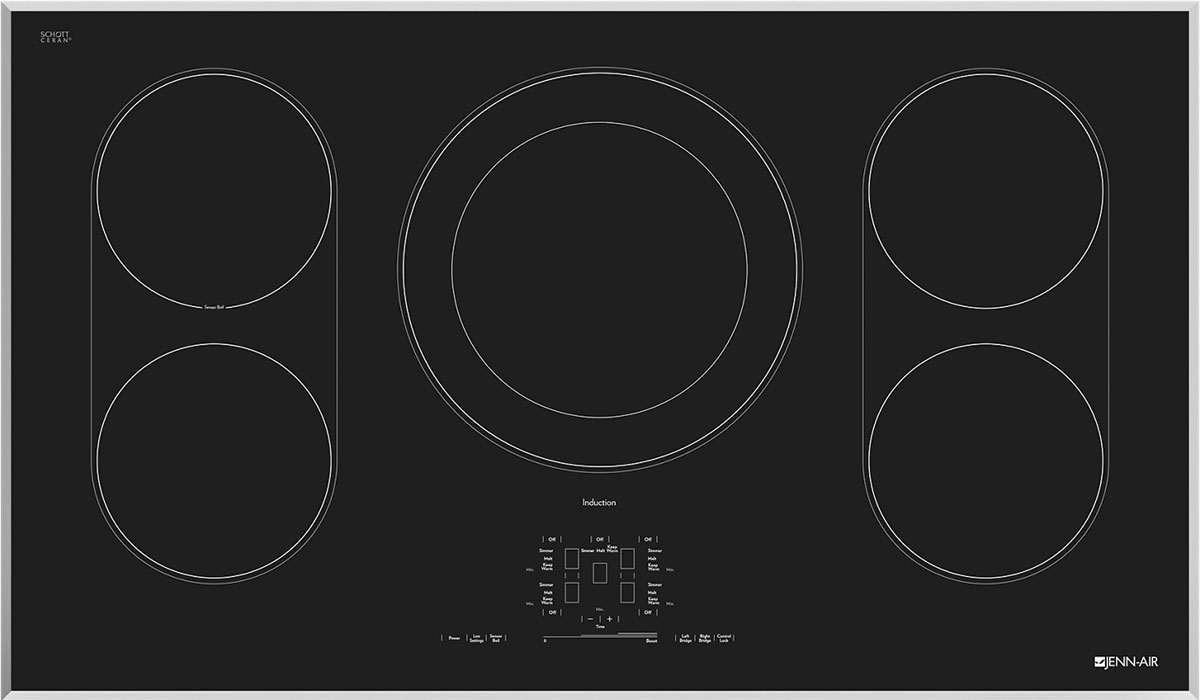
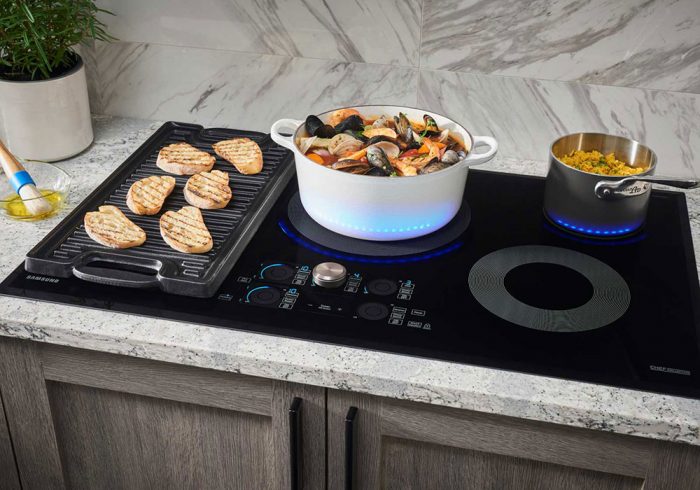
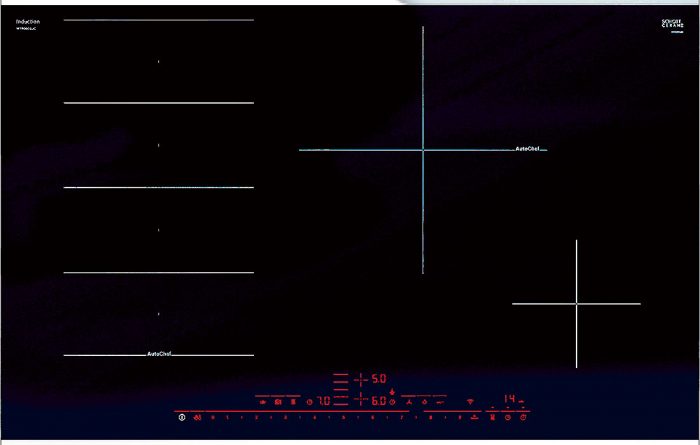
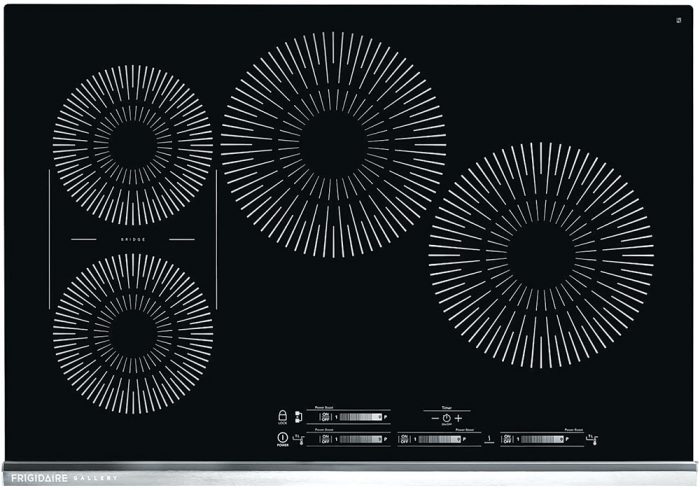
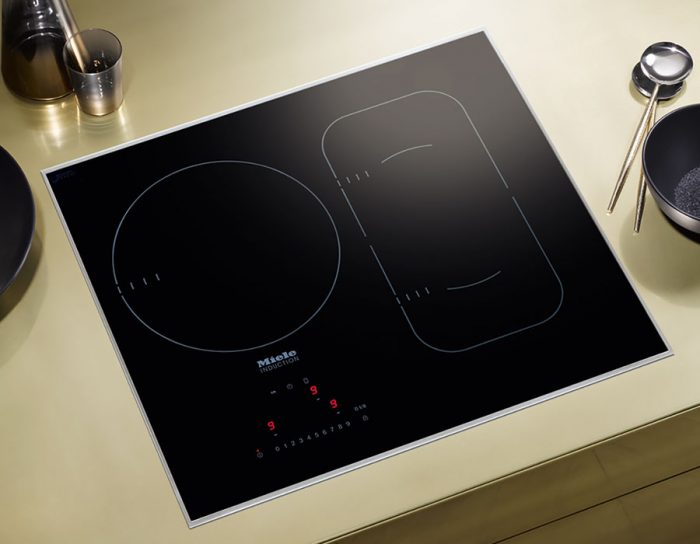
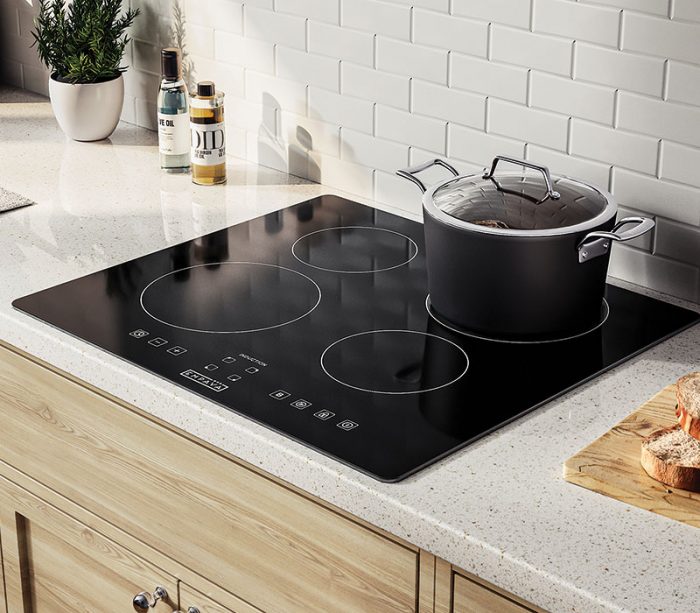



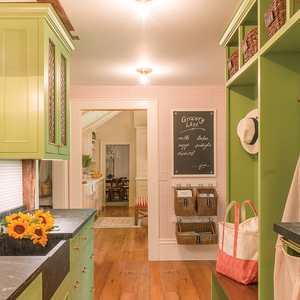
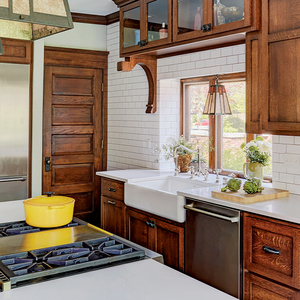
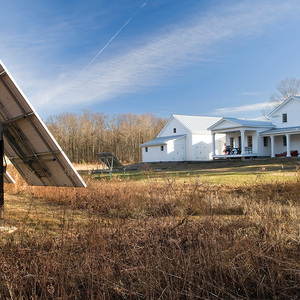
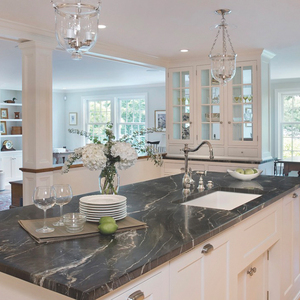



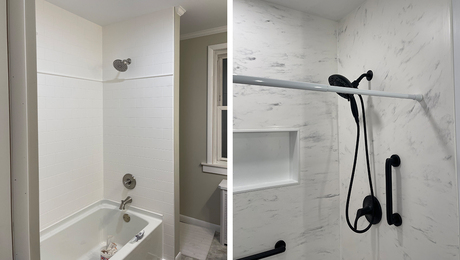
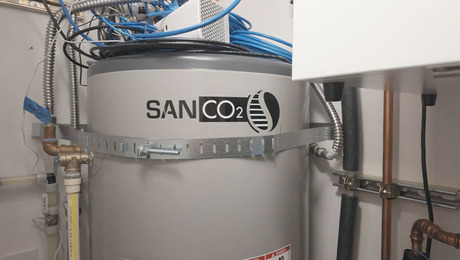
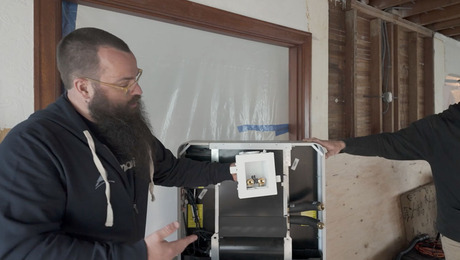
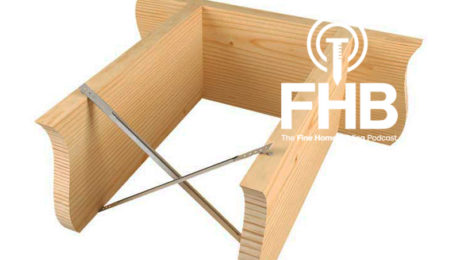
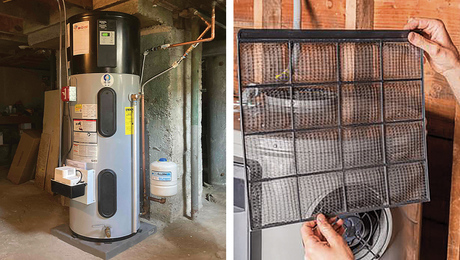

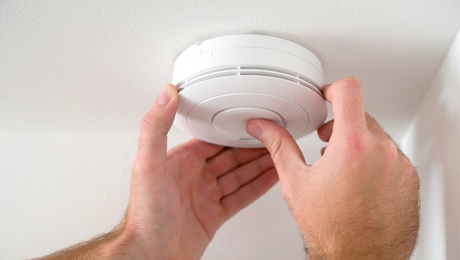









View Comments
It’s no secret that induction cooktops have revolutionized the kitchen. Their precision controls and efficient heating make cooking an absolute pleasure. I recently upgraded to an induction cooktop, and I can’t tell you how much it’s improved my cooking experience. I’m a big fan of Fine Homebuilding’s article on the benefits of induction cooktops—it’s an absolute must-read!